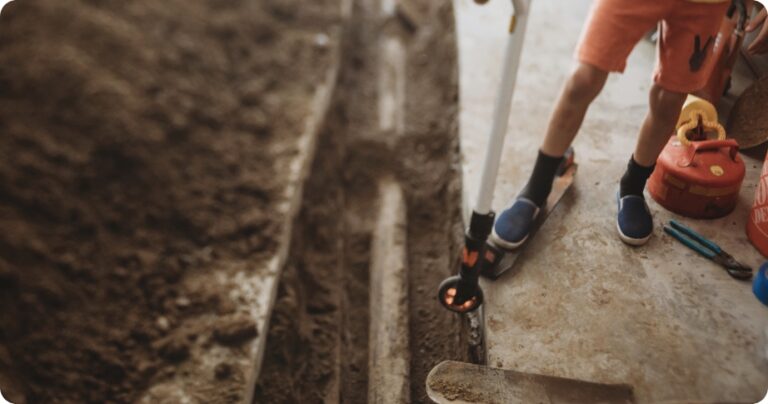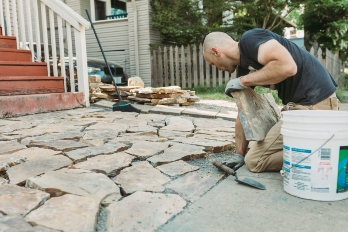This is part of our ongoing series on home maintenance basics to help you keep up your home and grow your investment with confidence.
What comes to mind when we say, “P-Trap?” Hint: It’s not a ’90s movie starring Lindsay Lohan. It’s actually an essential part of your plumbing.
What about “tripped breaker?” Nope, not a dance move. But seriously, do you know why circuit breakers trip? Or how they fit into the big picture of your electrical system?
Outlets, panels, valves, ductwork, vents, furnaces, boilers, fixtures. Your home is full of small parts that make up large systems.
We break it all down into simple terms … so you can understand what the heck it is that you’re looking at. A basic understanding can really help with solving problems!
The systems we’ll explain are:
- Electrical
- Plumbing
- Heating, Ventilation, and Air Conditioning (HVAC)
Starting with:
Your electrical system
The main idea you need to know is this: Electricity needs a complete circuit to provide power. A circuit is a circular path through which electricity follows. It begins and ends in the same place and breaks in the path interrupt the flow of electricity.
For example, a light switch breaks a circuit when the light is turned off and reconnects it again when it’s turned on. If a tree knocks down a powerline, or a rodent chews through a wire in your home, it also interrupts the circuit.
Electricity outside your home
Electricity reaches your home through a service drop, which is a set of wires that run from a transformer to your house. Transformers are those big grey boxes you see on telephone poles. They transfer energy from the power lines to your home’s individual electrical circuit. The wires may run overhead from a utility pole, or they might be buried underground.
The service drop wires attach to an electrical meter, which is usually a gray box with a glass cover attached to the side of your home. It measures the amount of energy you use, allowing the utility company to figure out your bill each month.
Electricity inside your home
From the meter, electricity passes through your electrical panel. This is also a grey box, usually located in the basement or in a utility closet. First, the electricity flows through the main breaker. That’s the big switch or switches at the top of your panel.
If you flip the main breaker off, it breaks the circuit, stopping the electricity for your entire home. This is good to know in case of emergency, like if you shut the power off for your home during a weather evacuation.
From the meter, electricity passes through your electrical panel. This is also a grey box, usually located in the basement or in a utility closet. First, the electricity flows through the main breaker. That’s the big switch or switches at the top of your panel.
If you flip the main breaker off, it breaks the circuit, stopping the electricity for your entire home. This is good to know in case of emergency, like if you shut the power off for your home during a weather evacuation.
Individual electric circuits
Below the main breaker, there are rows of smaller breakers. These breakers distribute power through the smaller circuits in different areas of your home. They may direct power to a single appliance, a few outlets, or a whole room, depending on how your house is wired.
A tripped breaker is when the breaker turns off, preventing electricity from flowing through that circuit. Breakers trip to prevent damage to your electrical system. It can happen if too much electricity flows through the circuit (powers surge) or if the wrong wires touch (short circuit).
If you lose power in a certain part of your home, check your panel. Ideally, breakers are labeled according to which circuit it controls, such as “kitchen,” “downstairs bathroom,” or “washer and dryer.” If they aren’t labeled, look for a breaker that looks like it isn’t all the way to the left or right, in line with the others. Usually, you just need to flip the breaker off and on again. If it continues to trip, call in an electrician.
The end of the electrical line
The different rooms of your home have outlets, fixtures, and switches. When you plug an appliance into an outlet or screw a lightbulb into a fixture, the circuit is connected, allowing electricity to flow to the appliance. When you shut a light switch off, it breaks the circuit to the fixture, and the light goes out.







